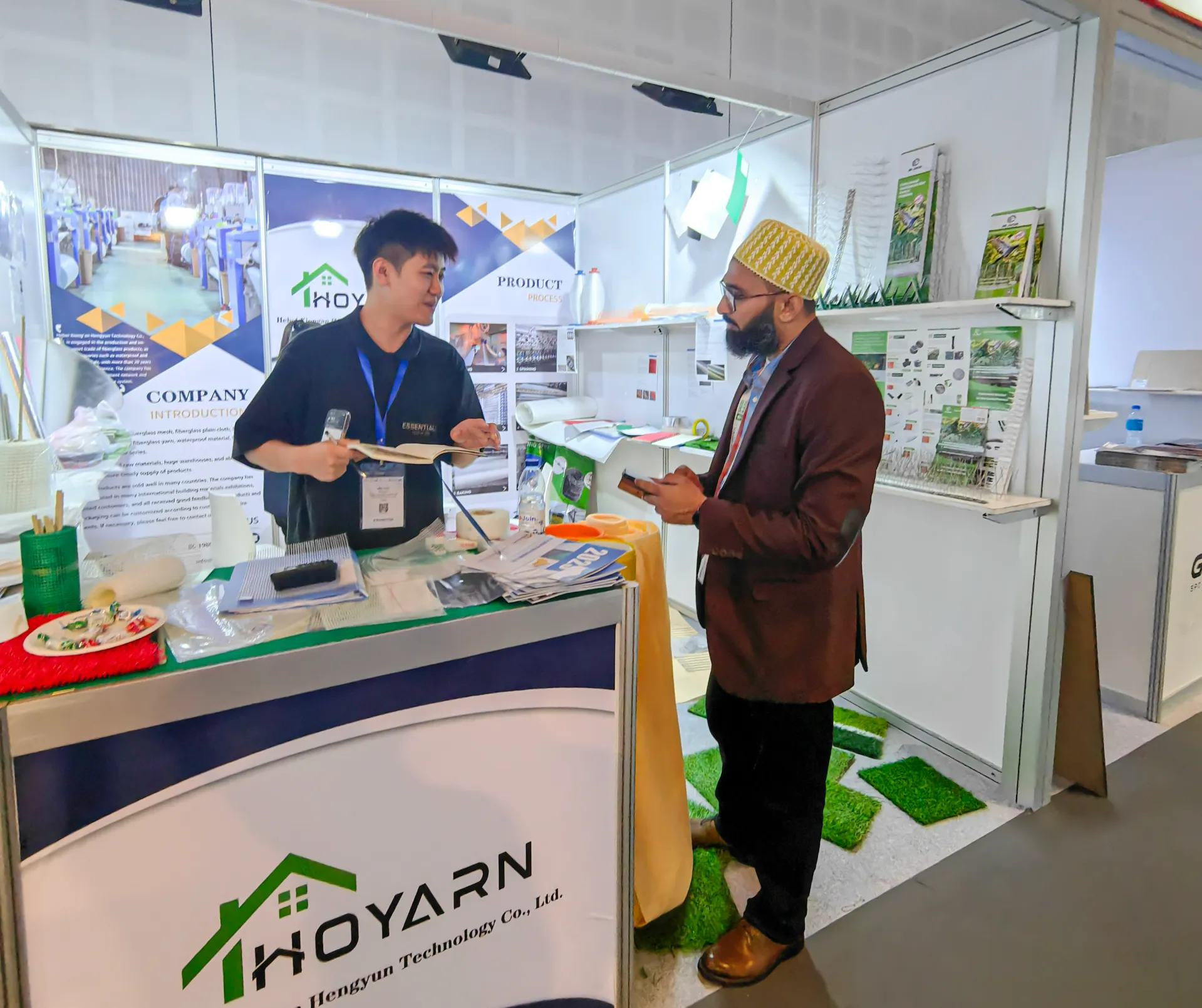
- Afrikaans
- Arabic
- Belarusian
- Bengali
- Czech
- Danish
- Dutch
- English
- Esperanto
- Estonian
- Finnish
- French
- German
- Greek
- Hindi
- Hungarian
- Icelandic
- Indonesian
- irish
- Italian
- Japanese
- kazakh
- Rwandese
- Korean
- Kyrgyz
- Lao
- Latin
- Latvian
- Malay
- Mongolian
- Myanmar
- Norwegian
- Persian
- Polish
- Portuguese
- Romanian
- Russian
- Serbian
- Spanish
- Swedish
- Tagalog
- Tajik
- Thai
- Turkish
- Turkmen
- Ukrainian
- Urdu
- Uighur
- Uzbek
- Vietnamese
Exploring the Benefits of Turf in Playground Design and Development
Oct . 21, 2024 20:50 Back to list
The Importance of Turf Under Playgrounds Enhancing Safety and Playability
When we think about playgrounds, the image that often comes to mind is that of children laughing, exploring, and engaging in creative play. However, the underlying surface of these playgrounds is often overlooked, yet it plays a crucial role in ensuring a safe and enjoyable environment for our children. One of the most significant advancements in playground surfacing materials is the use of turf, specifically designed for playgrounds. This article discusses the importance and benefits of turf under playgrounds, exploring its impact on safety, maintenance, and playability.
Safety First Reducing Injuries
One of the primary reasons for incorporating turf in playground design is safety. Traditional surfaces, such as gravel or concrete, can pose serious risks to children who may fall while playing. In fact, according to the National Program for Playground Safety, falls account for nearly 80% of playground injuries. Turf provides a much-needed cushion; it is designed to absorb impact, significantly reducing the risk of injury during falls. Engineered to meet safety standards, high-quality turf can provide adequate shock absorption, ensuring that children can enjoy their playtime without undue risk.
In addition to cushioning falls, turf surfaces also minimize the risk of other injuries. Unlike natural grass that may harbor uneven ground, pests, or hidden hazards like roots and rocks, synthetic turf offers a level and consistent surface. This characteristic promotes safe play by reducing trips and falls that can occur on uneven ground.
Durability and Low Maintenance
Another compelling advantage of using turf in playgrounds is its durability and low maintenance requirements. Playground equipment is subject to significant wear and tear from frequent use and exposure to weather elements. Turf is designed to withstand heavy foot traffic, rain, and UV rays without deteriorating. Unlike natural grass, which requires regular mowing, watering, and fertilizing, synthetic turf remains lush and vibrant throughout the year with minimal upkeep.
This durability translates into longer-term cost savings for municipalities and organizations. With reduced maintenance costs and fewer repairs needed, funds can be allocated to enhance playground features, activities, or even other community programs.
turf under playground

Versatility and Playability
Turf can also enhance the playability of a playground. It is available in various colors and textures, allowing playground designers to create imaginative and appealing environments tailored to specific themes or children’s preferences. Furthermore, turf can be used in different play settings, including sports fields, playgrounds, and recreational areas, thereby providing a seamless transition between play spaces.
The versatility of turf enables the design of multi-functional spaces. For instance, a playground can serve not only as an area for swings and slides but can also be designed to accommodate sports and games like soccer, which encourages more active play. This multifunctional approach promotes physical fitness and social interaction, essential components of child development.
Environmental Benefits
While concerns about the environmental impact of synthetic materials are valid, many turf manufacturers have made significant strides in creating eco-friendly options. Modern turf is often made from recycled materials, reducing the need for new resource consumption. Additionally, synthetic turf eliminates the need for chemical fertilizers and pesticides, which can be harmful to the environment. Investing in turf not only creates a safe play area for children but also promotes sustainability and reduces a community’s ecological footprint.
Conclusion
In conclusion, turf under playgrounds is an essential component that significantly enhances safety, durability, playability, and environmental responsibility. As we continue to prioritize the well-being and development of our children, it is crucial to recognize the importance of the surfaces on which they play. By investing in high-quality turf for playgrounds, communities can create safe, engaging, and sustainable spaces for children to explore, learn, and grow. As parents and caregivers, we must advocate for playground designs that consider the critical features of the playing surface, ensuring that all children have access to safe and stimulating play environments.
-
The Benefits of Artificial Turf for Indoors
NewsJul.15,2025
-
How Artificial Grass Suppliers Ensure Quality Products
NewsJul.15,2025
-
Artificial Grass and Pets: A Space for Relaxation
NewsJul.08,2025
-
Balcony & Outdoor Decoration with Artificial Grass
NewsJul.08,2025
-
Best Indoor Artificial Grass for Home
NewsJul.07,2025
-
Best Pet Turf for Dogs: Safe & Durable Artificial Grass Options
NewsJul.07,2025
Products categories









